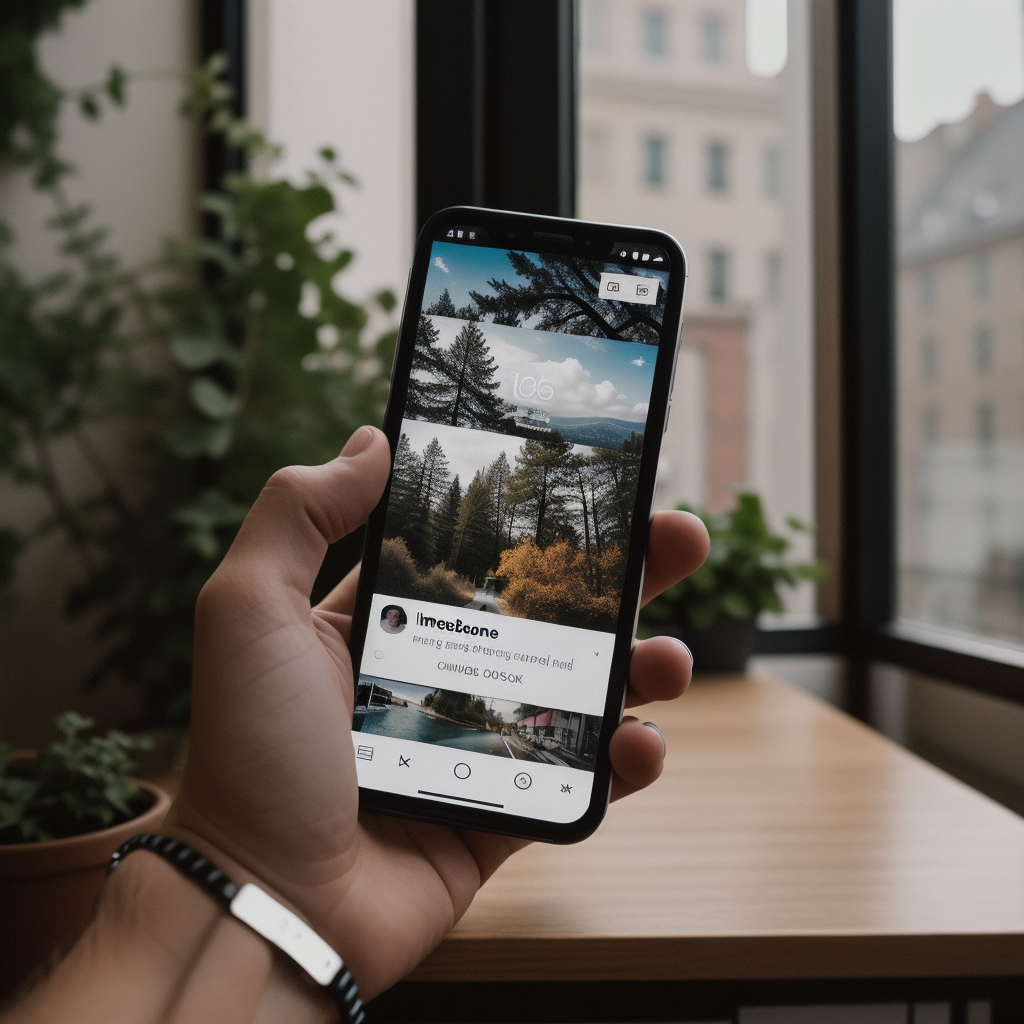Social media has become an integral part of our lives, and for businesses, it's a powerful tool to connect with their target audience. However, one of the most common questions that marketers face is, "How often should I post on social media?" While there's no one-size-fits-all answer, there are some best practices and guidelines that can help you optimize your social media posting frequency. In this comprehensive guide, we'll dive into the factors that influence posting frequency and provide recommendations for each major social media platform.
Factors That Influence Posting Frequency
Before we delve into platform-specific recommendations, it's essential to understand the factors that impact your social media posting frequency:
Industry and Niche
The industry and niche your business operates in can greatly influence your posting frequency. For example, news and media organizations may need to post more frequently to keep their audience informed, while a luxury brand might opt for a less frequent, more curated approach.
Audience Preferences
Understanding your target audience's preferences is crucial in determining your posting frequency. Some audiences may prefer more frequent updates, while others might feel overwhelmed by too many posts. Conduct surveys or analyze your engagement metrics to gauge your audience's preferences.

Content Quality and Relevance
The quality and relevance of your content should always take precedence over quantity. It's better to post less frequently but consistently deliver valuable, engaging content that resonates with your audience.
Social Media Platform
Each social media platform has its own best practices and user expectations when it comes to posting frequency. We'll discuss these in more detail in the following sections.
Recommended Posting Frequency for Major Platforms
-Aim for 1-2 posts per day. -Maintain a consistent posting schedule. -Experiment with different times of day to find when your audience is most active. -Engage with your audience by responding to comments and messages.
-Post 1-2 times per day. -Utilize Instagram Stories for more frequent, behind-the-scenes content. -Maintain a consistent aesthetic and theme across your posts. -Use relevant hashtags to increase visibility.

-Tweet 3-5 times per day. -Space out your tweets throughout the day to maximize visibility. -Engage with other users by retweeting, liking, and replying to relevant content. -Utilize trending hashtags and join conversations to expand your reach.
-Post 1-2 times per day. -Focus on industry-relevant content and thought leadership pieces. -Engage with other professionals and join relevant groups. -Utilize LinkedIn's native video and article publishing features.
-Pin 5-10 times per day. -Create a mix of original and curated content. -Optimize your pins with relevant keywords and descriptions. -Engage with other users by repinning and commenting on their content.
YouTube
-Post 1-2 videos per week. -Maintain a consistent posting schedule to build anticipation among your subscribers. -Optimize your videos with relevant titles, descriptions, and tags. -Engage with your audience by responding to comments and creating community posts.
Developing a Posting Schedule
Now that you have a general idea of how often to post on each platform, it's time to develop a posting schedule. Here are some tips to help you create a schedule that works for your business:
1. Determine your content pillars: Identify the main themes or topics that your content will revolve around. This will help you create a cohesive content strategy and ensure that your posts are aligned with your brand's messaging.
2. Create a content calendar: Use a spreadsheet or a dedicated tool to plan out your posts in advance. This will help you maintain consistency and avoid last-minute scrambling for content ideas.
3. Batch create content: Set aside dedicated time to create content in batches. This will help you save time and ensure that you have a steady stream of content ready to go.
4. Utilize scheduling tools: Take advantage of social media scheduling tools like MissingLettr. These tools allow you to schedule your posts in advance, saving you time and effort.
5. Monitor and adjust: Regularly monitor your social media metrics to see how your posts are performing. Use this data to make informed decisions about your posting frequency and adjust your strategy accordingly.

Frequently Asked Questions
1. Is it possible to post too much on social media?
Yes, posting too frequently can lead to audience fatigue and decreased engagement. It's essential to strike a balance between staying top-of-mind and overwhelming your followers.
2\. What happens if I miss a day of posting?
Don't panic! While consistency is important, missing a day here and there won't derail your entire social media strategy. Just get back on track with your posting schedule as soon as possible.
3\. How can I tell if my posting frequency is working?
Monitor your social media metrics, such as engagement rate, reach, and follower growth. If you see a decline in these metrics, it may be a sign that you need to adjust your posting frequency or content strategy.
4\. Should I post the same content across all platforms?
While it's okay to repurpose content across different platforms, it's important to tailor your posts to each platform's unique features and audience preferences. What works on Twitter may not work on LinkedIn, and vice versa.
5\. How do I find the best times to post on social media?
Most social media platforms offer native analytics that show when your audience is most active. You can also use third-party tools like Sprout Social or CoSchedule to get more detailed insights into the best times to post for your specific audience.
Conclusion
Determining the optimal social media posting frequency for your business requires a combination of understanding best practices, knowing your audience, and continuous testing and optimization. By following the guidelines outlined in this article and developing a posting schedule that works for your brand, you can effectively leverage social media to build brand awareness, engage with your audience, and drive business results. Remember, the key is to prioritize quality over quantity and remain consistent in your posting efforts.



